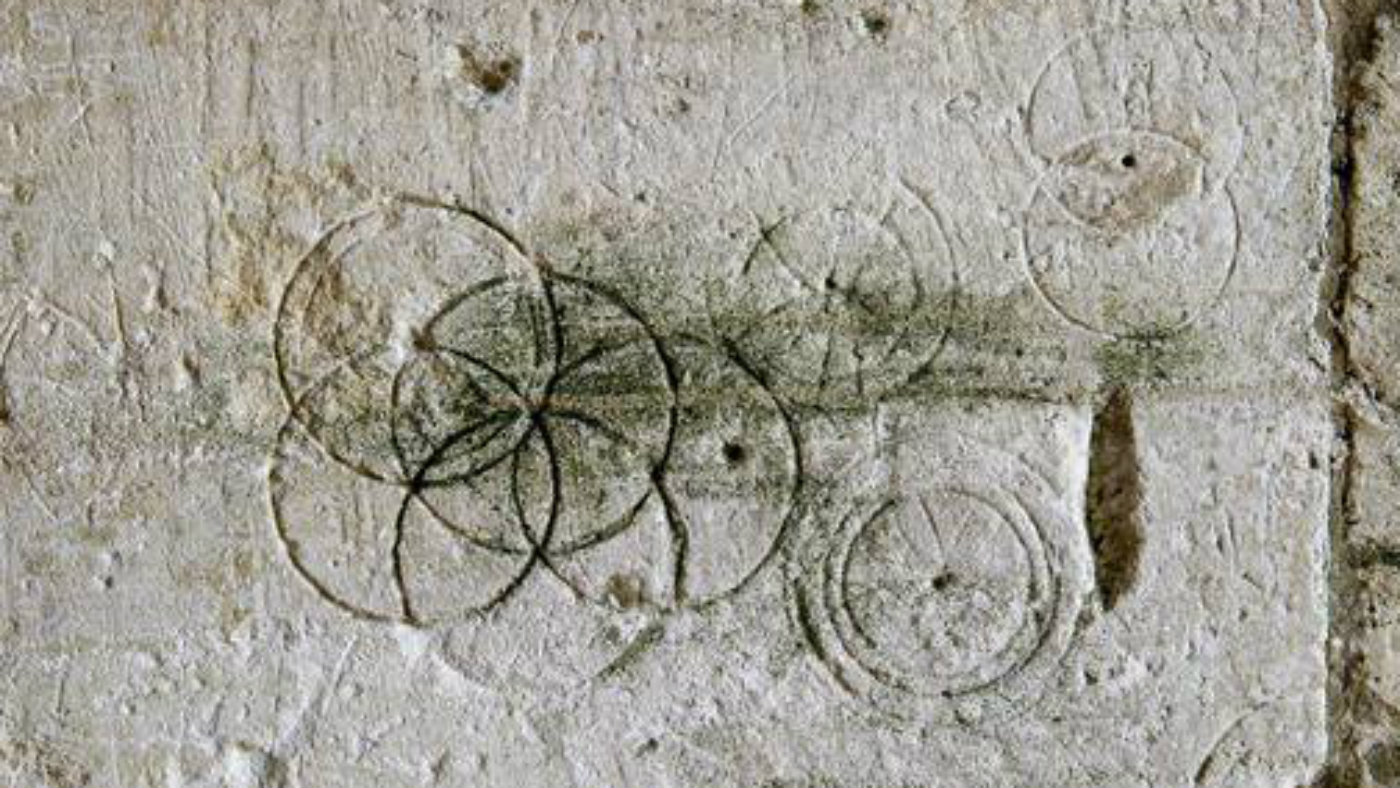How to spot 'witch markings' on your home
Historic England urges people to look out for unusual carved symbols on old buildings

This Halloween, members of the public are being urged to look for "witches' marks" carved into the walls of their homes and surrounding buildings.
The unusual symbols were "cut, scratched or carved into our ancestors' homes and churches in the hope of making the world a safer, less hostile place", says Duncan Wilson, the chief executive of Historic England, which is running the campaign.
Also known as "apotropaic markings", the symbols have previously been found on historic buildings such as the house where Shakespeare was born and the Tower of London, says The Independent.
The Week
Escape your echo chamber. Get the facts behind the news, plus analysis from multiple perspectives.

Sign up for The Week's Free Newsletters
From our morning news briefing to a weekly Good News Newsletter, get the best of The Week delivered directly to your inbox.
From our morning news briefing to a weekly Good News Newsletter, get the best of The Week delivered directly to your inbox.
Wilson hopes new examples will help the heritage agency further understand their history.
"The recorded evidence we hold about where they appear and what form they take is thin," he said.
So what do witch markings look like and what should you do if you find one?
What do they look like?
A free daily email with the biggest news stories of the day – and the best features from TheWeek.com
The patterns can take many forms, but usually feature pentangles, intertwined Vs and Ms for the Virgin Mary, flower-like designs and tangles of lines which "it was believed confused spirits who attempted to follow them", reports The Guardian.
Confusingly, carpenters' marks indicating how the timbers should be assembled, masons' marks and doodles by bored apprentices are often found in the same buildings or even on the same timbers and stone, adds the newspaper.
Where have they been found before?
The markings mostly date from 1550 to 1750, when belief in witchcraft and witch trials were at their height.
Several of the etchings were found at Shakespeare's birthplace in Stratford-upon-Avon, Warwickshire, carved near the cellar door where beer was kept, as well as at the Tithe Barn in Bradford-on-Avon, Wiltshire, to protect crops, reports the BBC.
"Witches' marks are a physical reminder of how our ancestors saw the world. They really fire the imagination and can teach us about previously held beliefs and common ritual," says Wilson.
What should you do if you find one?
The markings can all be recorded on the Historic England website, where details of previous discoveries and more examples can also be found.



